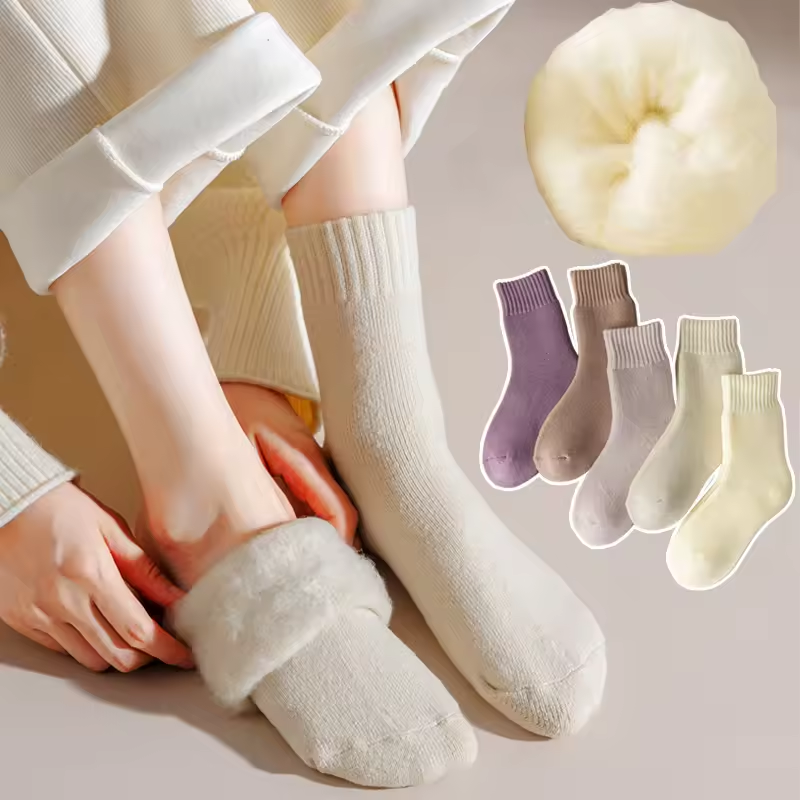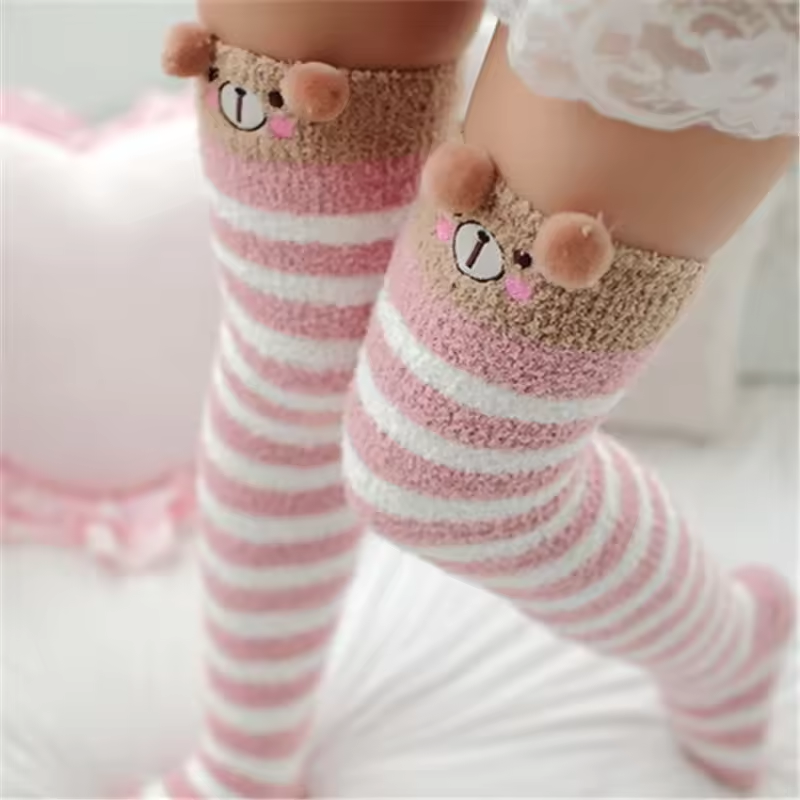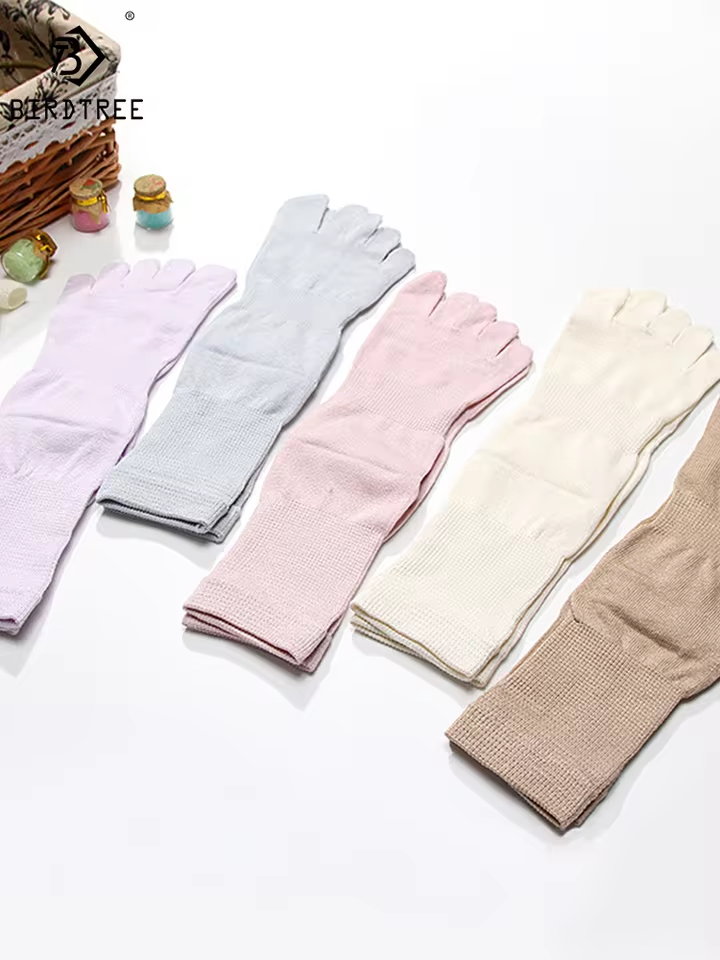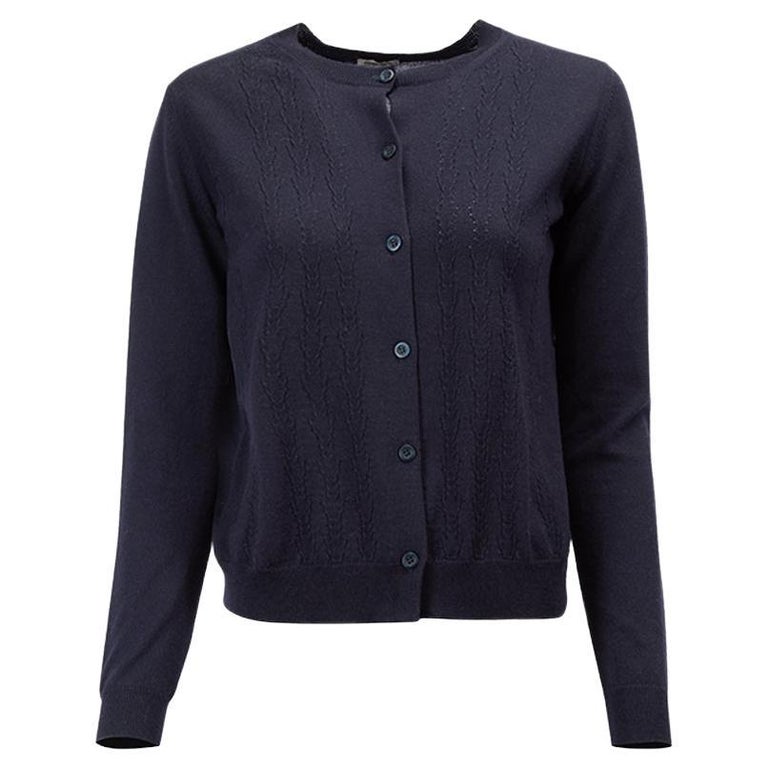Introduction to Compression Socks
Compression socks are specialized hosiery. They are designed to support and improve blood flow. People use them for various reasons. They are common among athletes, pregnant women, and people with circulation issues. Understanding their purpose and function is key to using them safely, especially when considering wearing them overnight.

The Purpose of Compression Socks
The main goal of compression socks is to maintain blood flow and reduce discomfort and swelling. They apply gentle pressure to the legs and ankles. This promotes blood circulation from the legs to the heart. They can also help prevent the progression of venous disorders. Moreover, they are beneficial in reducing the risk of blood clots in the legs.
How Compression Socks Work
Compression socks work by applying graduated pressure. The tightest compression is at the ankles. It decreases as it moves up the leg. This design helps fight the effects of gravity. It encourages the flow of blood back to the heart. It helps lymphatic fluid flow in the right direction. People who stand or sit for long periods find them particularly helpful. They fend off leg fatigue and discomfort. These effects make sleeping with compression socks an interesting topic to consider.
Benefits of Wearing Compression Socks
Wearing compression socks comes with several health benefits, particularly when it comes to circulation and swelling.
Improved Circulation
Improved blood circulation stands out as the primary advantage of sleeping with compression socks. The gradual pressure these socks provide assists in pushing blood back up the legs towards the heart. This action can prevent blood from pooling in the lower extremities, which is common during periods of inactivity like sleep. Consistent use can help maintain healthy blood flow. This can be particularly beneficial for those who have circulatory issues or are at risk for deep vein thrombosis (DVT).
Reduced Swelling and Inflammation
Another benefit of compression socks is their ability to reduce swelling and inflammation, especially in the ankles and feet. When the body is at rest during sleep, fluid can accumulate in the legs due to gravity. Compression socks aid in controlling this by providing consistent pressure that promotes the movement of lymphatic fluids away from the legs. As a result, wearers may experience less morning stiffness and swelling. For pregnant women or individuals recovering from surgery, this can offer significant relief and contribute to a better night’s sleep.
Risks Associated with Sleeping in Compression Socks
While sleeping with compression socks can offer benefits, it’s essential to weigh potential risks as well.
Potential for Reduced Circulation
Overly tight compression socks may hinder circulation rather than help it. When wearing compression socks for long periods, like overnight, there’s a risk that they might be too constrictive. This can potentially lead to a decrease in blood flow. Individuals need to ensure that their compression socks fit well and apply the right amount of pressure without being too restrictive.
Risk of Skin Irritation and Pressure Sores
Compression socks should be smooth and snug but not so tight they cause chafing or skin irritation. Wearing them all night might increase the risk of developing pressure sores or skin breakdown, especially in those with sensitive skin or compromised circulation. Proper hygiene and choosing socks made from breathable materials can help mitigate this risk. It’s crucial for users to monitor their skin’s reaction to overnight wear and adjust use accordingly.
Who Should Consider Sleeping with Compression Socks?
While many can find benefits from wearing compression socks, certain groups may gain more, specifically while sleeping.
Athletes and Recovery
Athletes often undergo intense workouts which can lead to muscle fatigue and soreness. Sleeping with compression socks aids recovery. They increase circulation, reduce lactic acid buildup, and diminish swelling. This post-exercise recovery tool is essential for athletes striving for peak performance. They should opt for moderate compression levels to balance comfort and benefit during sleep.
Individuals with Medical Conditions
People with medical conditions like varicose veins, leg ulcers, or deep vein thrombosis should consider sleeping with compression socks. For them, the socks provide vital support to the circulatory system. This can prevent further complications. Moreover, those with diabetes might find them helpful to improve blood flow. It is crucial that they consult their doctors to ensure the safety and effectiveness of this practice. Pregnant women also fall under this category. They often suffer from swollen feet and ankles. Compression socks during rest could offer much-needed relief throughout pregnancy, especially during sleep.
How to Choose the Right Compression Socks for Sleeping
Choosing the correct compression socks for sleeping is crucial. It ensures comfort and the right level of compression throughout the night.
Understanding Compression Levels
Compression socks come in various levels of pressure, measured in millimeters of mercury (mmHg). Mild compression typically ranges from 8-15 mmHg. Moderate levels are around 15-20 mmHg. Firm compression can be between 20-30 mmHg, and extra firm above 30 mmHg. For sleeping, mild to moderate compression is often recommended. It is enough to aid circulation without being overly restrictive.
Material and Fit Considerations
The material of compression socks affects comfort and functionality. Look for breathable fabrics that wick moisture away, like nylon or spandex blends. The fit is equally important. A good fit means socks stay snug without sliding down or creating tight bands around the leg. The top of the sock should rest comfortably below the knee. Make sure the heel and toe areas fit without bunching. Try them on to check for pressure points. Ill-fitting socks might negate the benefits you seek while sleeping with compression socks.
Safe Practices for Sleeping in Compression Socks
For those considering sleeping with compression socks, following safe practices is critical to maximize benefits while minimizing risks.
Duration of Wear
It’s important not to wear compression socks continuously for too long. Aim for a wearing period of around 6 to 8 hours. This should be sufficient time to benefit from the compression without overdoing it. Listen to your body. If discomfort arises, it’s time to take them off. Remember, everyone’s needs may vary, and it’s best to start with shorter periods and slowly increase.
When to Remove Them
Compression socks should come off first thing in the morning. Take them off if you wake up and feel any numbness, tingling, or pain. It’s also crucial to remove them if you notice any discoloration of the skin or if the socks become wet or dirty. Regularly inspect your legs for any signs of skin irritation or damage. A good tip is to make sock removal part of your morning routine, ensuring you do not wear them for extended periods unintentionally.
Alternatives to Sleeping with Compression Socks
While many find benefits in sleeping with compression socks, there are other ways to achieve similar results. Exploring alternatives can provide comfort and improve circulation without the need for wearing socks overnight.
Leg Elevation Techniques
Elevating the legs is a simple technique that can enhance blood flow and reduce swelling. This method involves propping the legs up higher than the heart level. Use a pillow or foam wedge while lying in bed to achieve this position. This posture allows gravity to assist in circulating blood back to the heart. It is advised to elevate the legs for 15 to 30 minutes before sleep. Doing so can offer sizable benefits without the constriction of socks.
Other Compression Garments
Aside from socks, there are various compression garments available. Compression sleeves, tights, and leggings offer different levels of support for the legs. These alternatives can be worn during the day rather than at night. This switch can help manage fluid accumulation and circulation issues. As with compression socks, select an appropriate level of compression. Ensure that the garments fit well to prevent any adverse effects. Rotate between these options to find the best fit for your routine and comfort.
Conclusion
Wrapping up our discussion on sleeping with compression socks, it’s clear they offer both benefits and risks.
Summarizing the Do’s and Don’ts
When using compression socks for sleep, keep these points in mind:
- Do choose mild to moderate compression for overnight use.
- Do ensure they fit well and are made of breathable material.
- Do remove them in the morning or if discomfort occurs.
- Don’t wear them too tight or for extended periods.
- Don’t ignore any signs of skin irritation.
By adhering to these simple guidelines, you can safely enjoy the circulatory advantages these garments provide during sleep.
Consulting Healthcare Professionals
Before starting any new practice, including sleeping with compression socks, consulting with healthcare professionals is crucial. They can offer personalized advice based on your medical history and needs. This step ensures you maximize the benefits of compression therapy without compromising your health.









